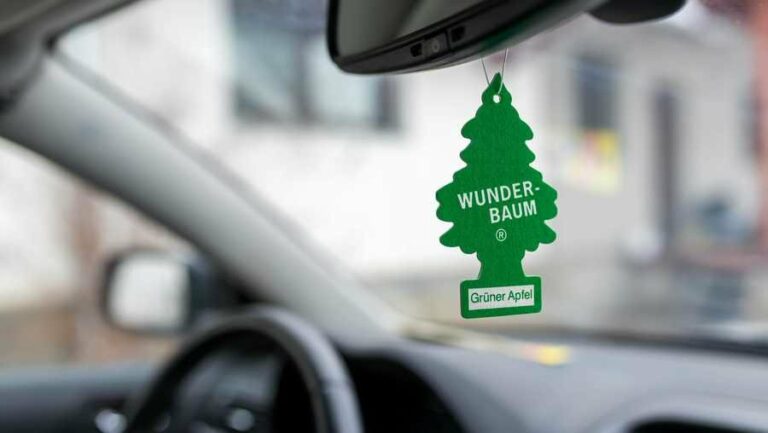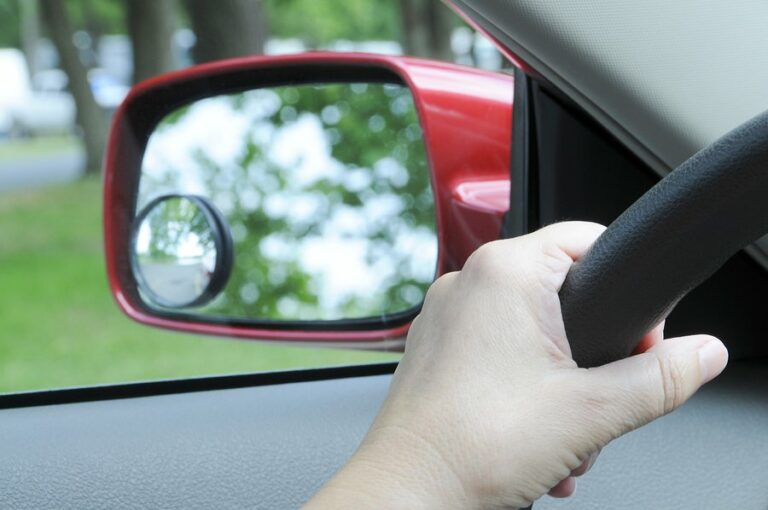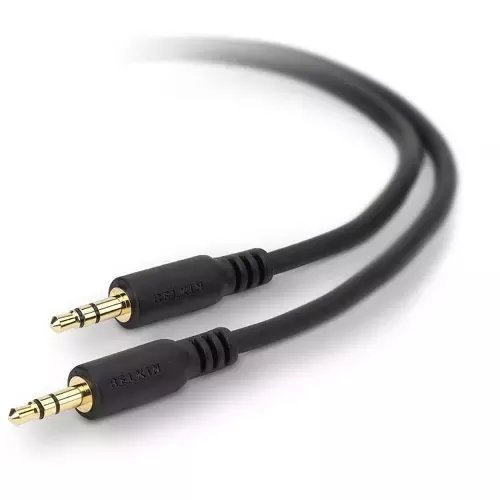How to Find a Listening Bug in Your Car
How to Find a Listening Bug in Your Car? It’s a disconcerting thought, but unfortunately, it can happen. The good news is, there are steps you can take to find out if there’s a listening bug in your car.
In this article, we’ll walk you through the process of uncovering any potential eavesdropping devices and provide you with practical solutions for ensuring your privacy and peace of mind. So, let’s dive in and learn how to find a listening bug in your car.
How to Find a Listening Bug in Your Car
If you suspect that your car is being bugged with a listening device, it’s essential to take immediate action to protect your privacy and security. In this comprehensive guide, we will walk you through the steps to identify and locate a listening bug in your car. By following these techniques, you can gain peace of mind and ensure your conversations remain confidential.
1. Recognize the Signs of a Listening Bug
Before diving into the search process, it’s crucial to familiarize yourself with the signs that indicate the presence of a listening bug in your car. Keep an eye out for the following red flags:
- Unusual noises: If you hear strange buzzing, clicking, or static sounds coming from your car’s interior, it could be a sign of a hidden listening device.
- Unusual battery drain: If you notice that your car’s battery is draining faster than usual, it may be due to the power consumption of a hidden listening bug.
- Unexpected interference: If your radio, GPS, or other electronic devices experience unexplainable interference when inside the car, it could indicate the presence of a bug.
- Suspicious behavior from unknown individuals: If you nmotice unfamiliar people showing interest in your conversations or details about your vehicle, it’s worth investigating whether they may have placed a bug.
It’s important to note that while these signs can indicate the presence of a listening bug, they do not provide definitive proof. Conducting a thorough search is necessary to confirm your suspicions.
2. Prepare for the Bug Sweep
Before you begin searching for a listening bug in your car, it’s essential to gather the necessary tools and take certain precautions:
- Gather tools: Obtain a flashlight, a handheld RF detector, a non-magnetic screwdriver, a small mirror, and headphones.
- Choose a secure location: Park your car in a secure and quiet location where you won’t be disturbed during the bug sweep.
- Disconnect the battery: To ensure your safety and prevent potential interference, disconnect the car’s battery before starting the search.
3. Conduct a Visual Inspection
Begin the bug sweep by visually inspecting the interior and exterior of your car:
3.1 Exterior Inspection
- Check the undercarriage: Examine the underside of your car for any suspicious devices attached to it.
- Inspect the trunk: Carefully examine the trunk area, including the spare tire well, for any unfamiliar objects or wiring.
- Examine the exhaust pipe: Look inside the exhaust pipe for any unusual objects that may have been inserted.
3.2 Interior Inspection
- Check the seats and upholstery: Run your hands over the seats, headrests, and other upholstery to feel for any irregularities or hidden devices.
- Inspect the dashboard and console: Look for any loose panels, unusual wires, or out-of-place objects on the dashboard and center console.
- Examine the mirrors and visors: Inspect the rearview mirror, side mirrors, and sun visors for hidden compartments or devices.
4. Use an RF Detector to Detect Listening Devices
An RF detector is a crucial tool for detecting radio frequency signals emitted by listening bugs. Follow these steps to conduct an RF sweep:
4.1 Familiarize yourself with the RF detector
- Read the user manual of your RF detector to understand its functionality and settings.
- Wear headphones to listen to the detector’s audio output for better signal detection.
4.2 Sweep the interior of your car
- Turn on the RF detector and set it to the appropriate frequency range.
- Start sweeping the interior of your car systematically, paying close attention to areas like the dashboard, seats, and headliner.
- Move the detector slowly and listen for any sudden changes in the audio output.
- If the detector picks up a signal, investigate the source by following the signal strength and audio output. Zero in on the location.
4.3 Sweep the exterior of your car
- Walk around the exterior of your car, holding the RF detector close to the body panels and undercarriage.
- Again, pay attention to any significant changes in the audio output of the detector.
- If the detector detects a signal, thoroughly investigate the specific area to locate the source.
5. Seek Professional Assistance
If you are unable to locate the listening bug on your own or require expert assistance, it is advisable to reach out to a professional bug sweep service. These professionals have specialized tools and expertise to conduct a thorough inspection and ensure all listening devices are removed from your vehicle.
6. Take Preventive Measures
Once you have successfully located and removed a listening bug from your car, it’s important to take preventive measures to safeguard your privacy:
- Regularly inspect your car: Routinely conduct visual inspections of both the interior and exterior of your car to detect any potential listening devices early.
- Secure your vehicle: Park your car in well-lit, secure areas to minimize the risk of unauthorized access.
- Use encryption and secure communication: Whenever possible, utilize encryption tools and secure communication methods to protect your conversations.
- Be cautious with personal information: Avoid discussing sensitive or confidential information inside your car, especially if you suspect it may be bugged.
Remember, taking proactive steps to protect your privacy can help prevent any potential breaches in the future.
In conclusion, identifying a listening bug in your car requires a systematic approach. By following the steps outlined in this guide, you can increase your chances of detecting and removing any unauthorized listening devices, ultimately ensuring your privacy and peace of mind on the road.
How To Find Hidden Spy Cameras And Listening Devices
Frequently Asked Questions
How can I find a listening bug in my car?
To find a listening bug in your car, follow these steps:
What signs suggest that my car is bugged?
Signs that your car might be bugged include strange noises, unexplained battery drain, interference while using electronic devices, or sudden changes in fuel consumption.
What equipment do I need to detect a listening bug?
You can use bug detectors, also known as RF (radio frequency) detectors, to locate listening devices in your car. These devices can identify signals emitted by bugs.
Where should I look for a listening bug in my car?
Start by checking common hiding spots such as the dashboard, seat cushions, under the hood, or inside the trunk. Pay attention to any unusual or recently added objects that may hide a bug.
How can I perform a physical inspection to find a listening bug?
During a physical inspection, check for any unfamiliar or out of place objects, such as small devices, wires, or antennas. Look for any signs of tampering or loose panels in your car’s interior.
Are there any technological methods to detect listening bugs?
Yes, there are advanced methods like using a spectrum analyzer or a non-linear junction detector. However, these methods are typically used by professionals and require specialized knowledge and equipment.
What should I do if I find a listening bug in my car?
If you find a listening bug in your car, it is important to maintain your safety and privacy. Contact the authorities, such as the police, and let them handle the situation. Avoid tampering with the bug yourself.
Final Thoughts
Finding a listening bug in your car can be a daunting task. However, by following a few simple steps, you can effectively detect and remove any potential bugs. Begin by thoroughly inspecting your vehicle for any suspicious devices, paying close attention to hidden areas. Next, use bug detectors or signal finders to scan for any unusual signals. Additionally, keep an eye out for any unusual behavior, such as strange noises or unexplained battery drain. Stay proactive and regularly check your car for any signs of surveillance. By understanding the methods and tools used to detect listening bugs, you can ensure your privacy and peace of mind.





